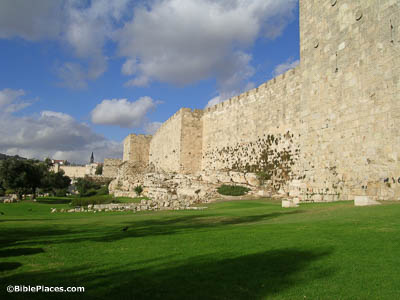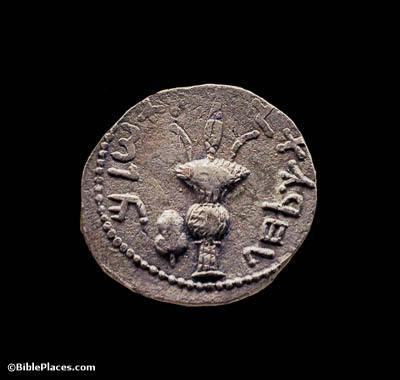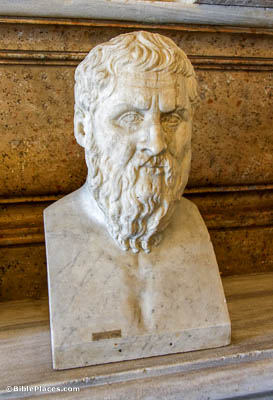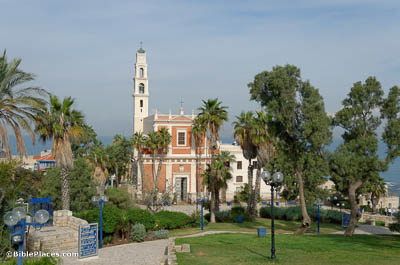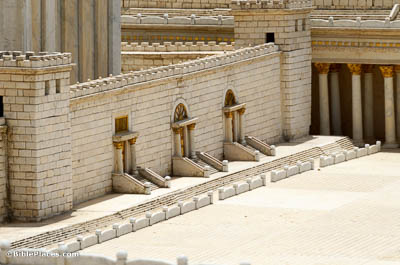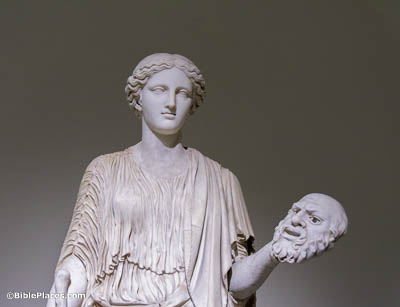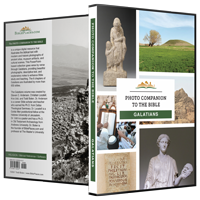Then after fourteen years I went up again to Jerusalem with Barnabas (Galatians 2:1).
This green space by the wall of the Old City, without modern buildings, gives a sense of how the city of Jerusalem might have appeared when Paul and Barnabas visited it. In fact, some portions of the lower part of the wall pictured here are from the 1st century wall, along with the remains of a staircase seen protruding into the grassy area near the middle of the photo.
